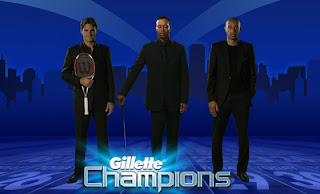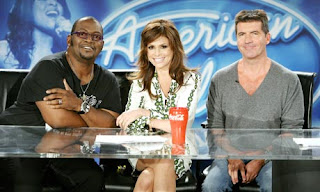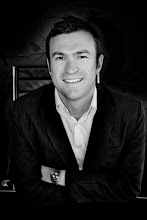In an extraordinary feat of co-ordiation, diplomacy and sheer bloody-mindedness. The Guardian in the UK has managed to pull off an outstanding coup at the start of this vital series of meetings.
Since September its 'Greenlight' editorial team, led by Ian Katz, have been hard at work convincing, cojoling, drafting and re-drafting a single story designed to run on the front page of as many papers who would carry it.

It starts like this
"Today 56 newspapers in 45 countries take the unprecedented step of speaking with one voice through a common editorial. We do so because humanity faces a profound emergency.
Unless we combine to take decisive action, climate change will ravage our planet, and with it our prosperity and security. The dangers have been becoming apparent for a generation. Now the facts have started to speak: 11 of the past 14 years have been the warmest on record, the Arctic ice-cap is melting and last year's inflamed oil and food prices provide a foretaste of future havoc. In scientific journals the question is no longer whether humans are to blame, but how little time we have got left to limit the damage. Yet so far the world's response has been feeble and half-hearted."
From reading Ian Katz' story behind the story you can begin to see what an undertaking this was. I met Ian about 18 months ago in London as our agency wanted to understand more about the climate change debate post 'An Inconvenient Truth'. He talked very authoriatively then and clearly continues to lead the vangguard on the subject.
We talk an awful lot about media firsts in out business - certainly one of our more over-used cliches. But this is a media first of genuine innovation. When the pressure is on for newspapers globally, I think its a very heathly sign that work like this can be produced.
Clearly there are many different points of view on climate change - not least since the stories of email leaks from the University of East Anglia came to light - so I am full of admiration for getting a single script agreed for so many papers, in so many countries, with so many differing positions on climate change. The only disappointment? Probably the reaction of the American media - with only the Miami Hearld (Katz says we should buy 2 of this brave paper whenever in Florida) printing the story. Indeed the Guardian received this little missive from one climate chnage denier in the States "This is an outrageous attempt to orchestrate media pressure. Go to hell."

































